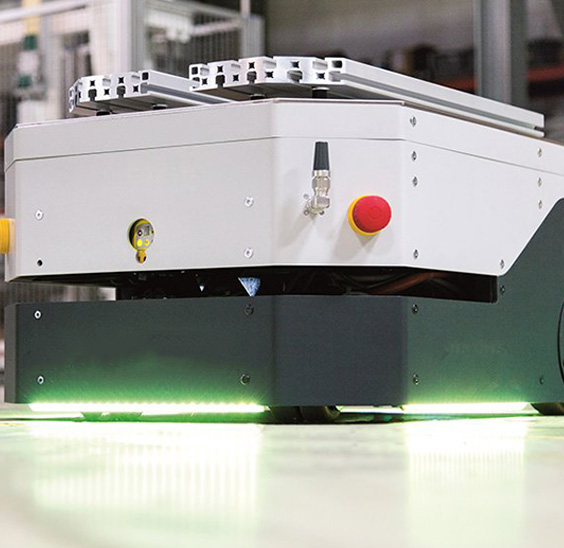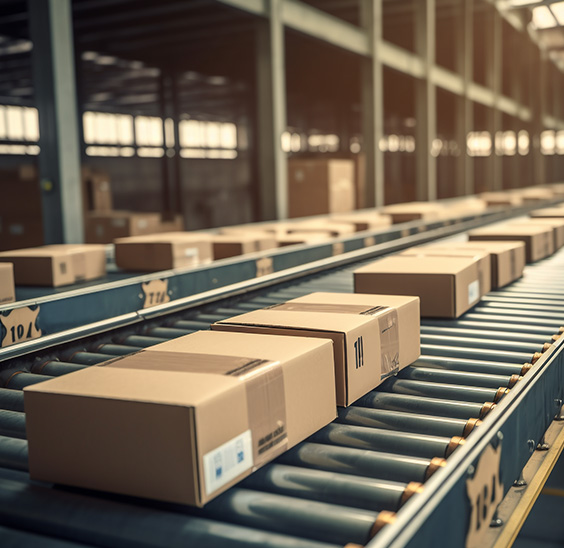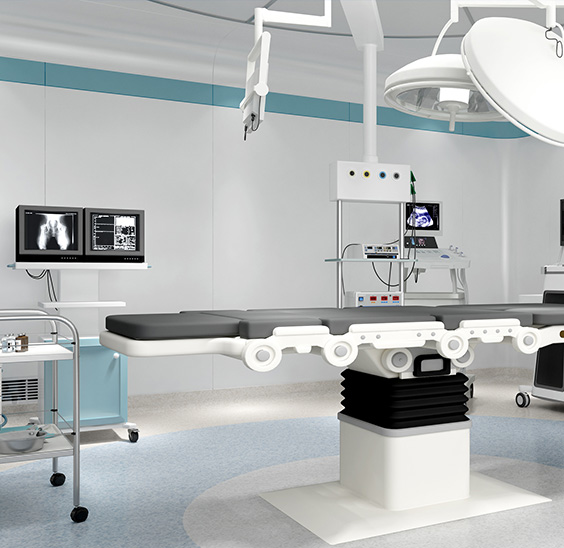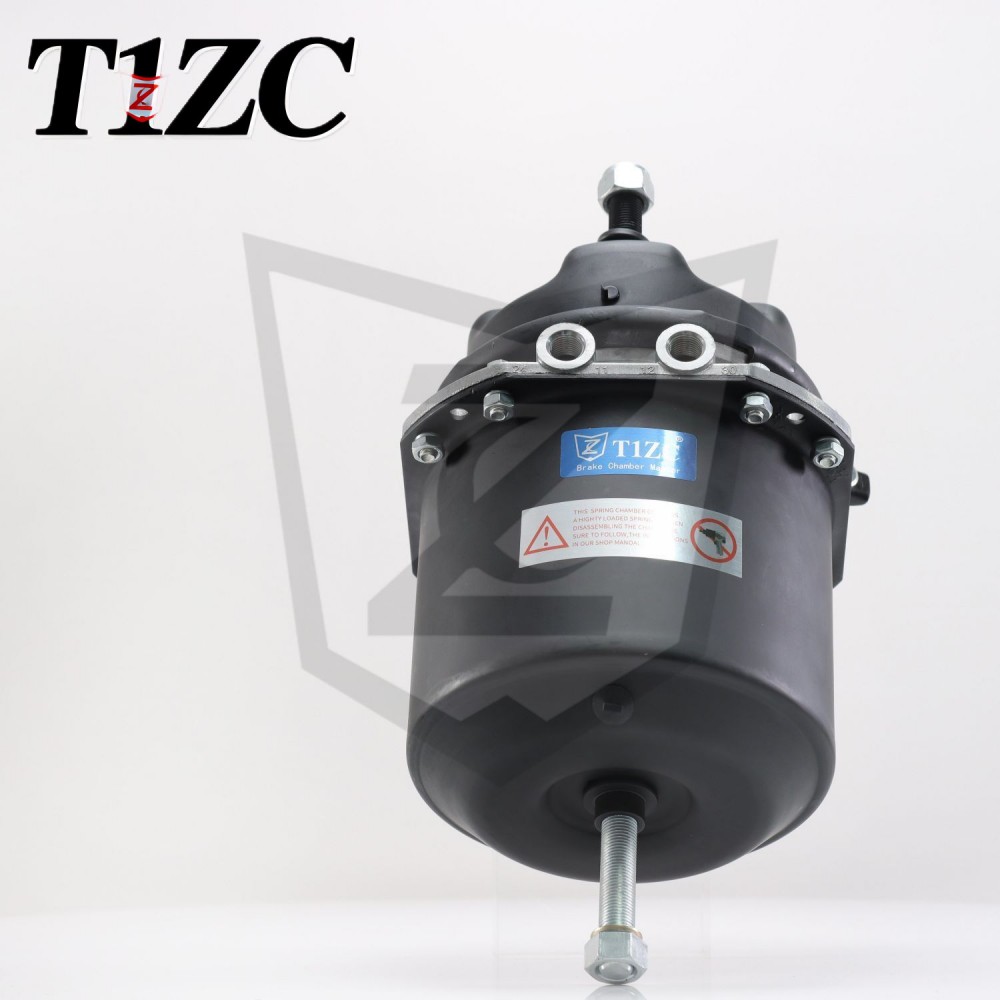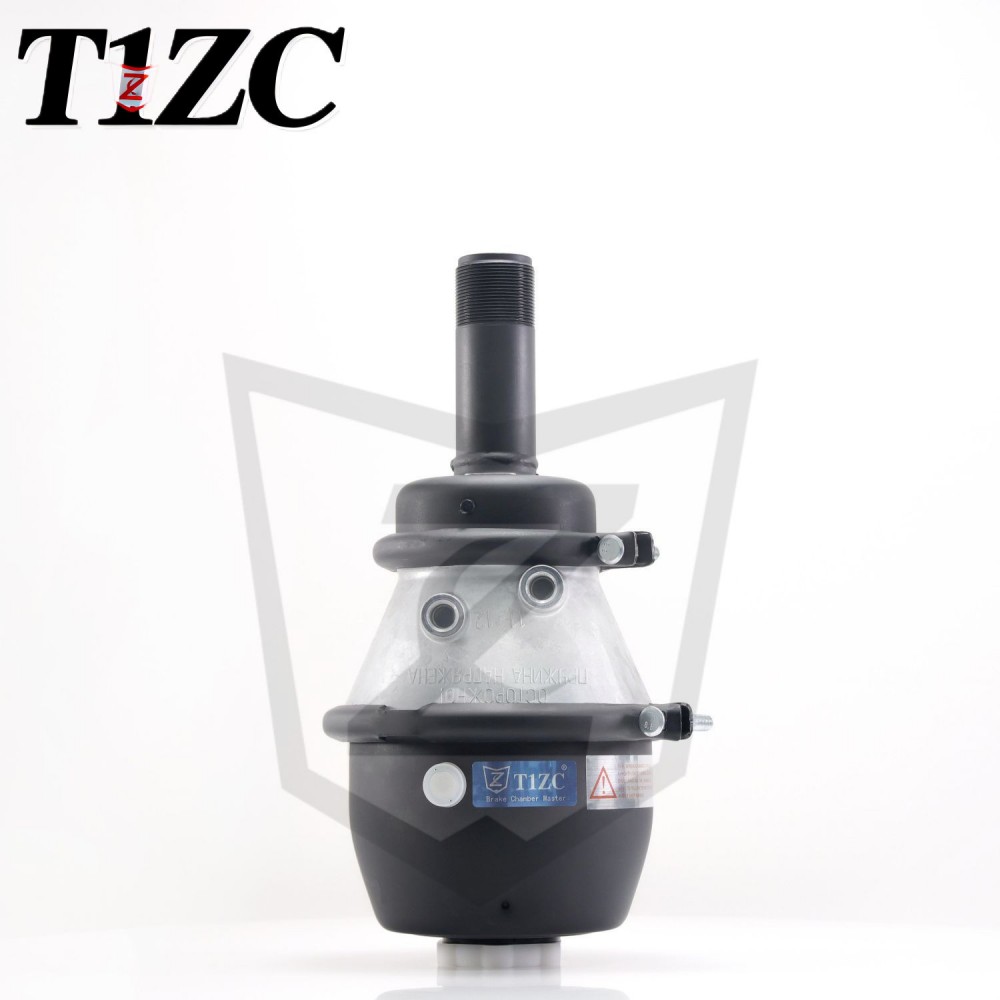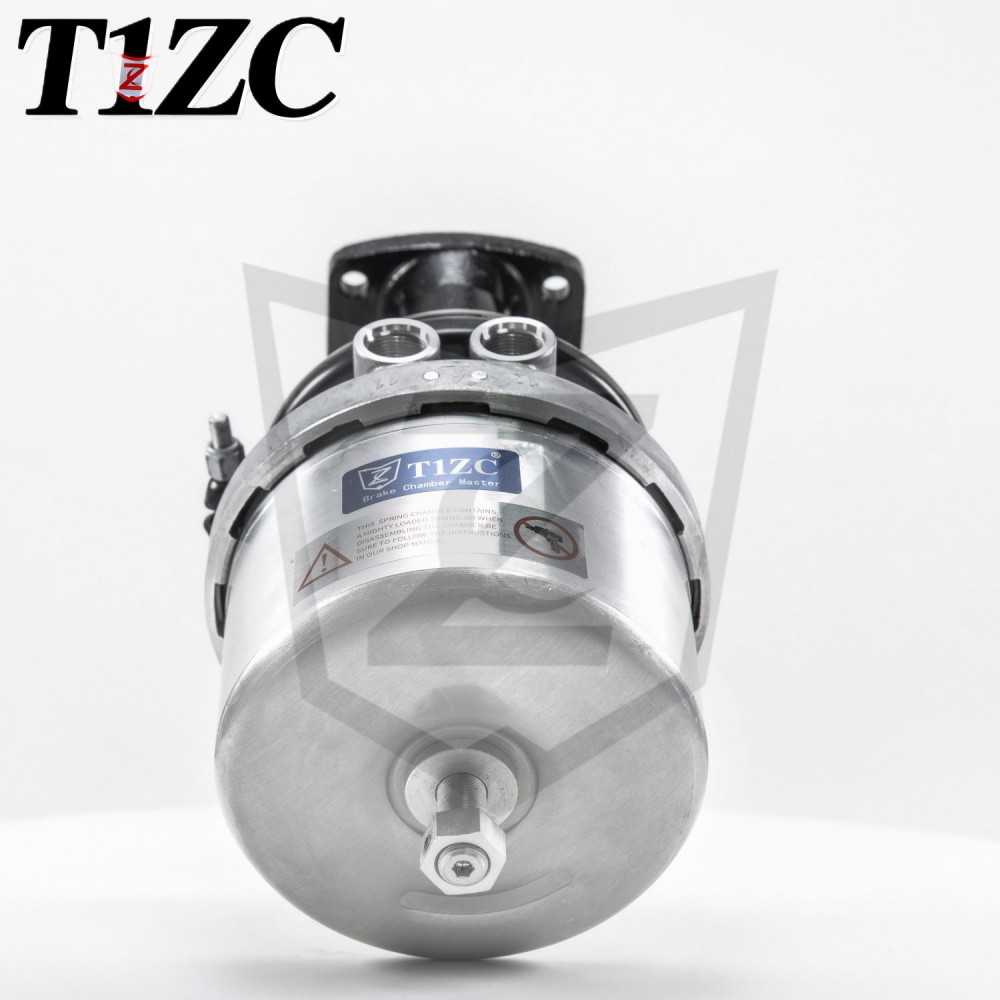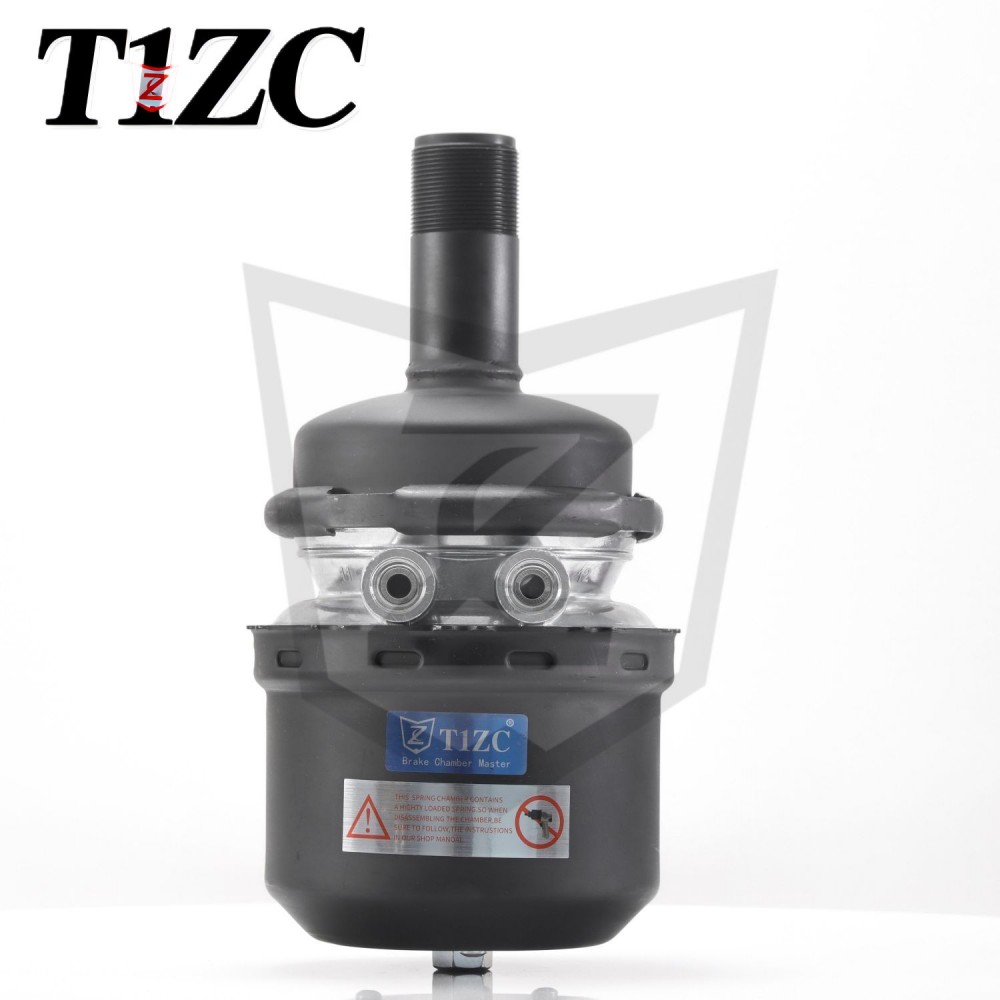What causes brake chamber air pressure loss?
The brake chamber is a critical component in air brake systems, converting compressed air into mechanical force to activate the brakes. Air pressure loss within the brake chamber is a significant concern, as it can directly compromise braking efficiency and vehicle safety.
A common cause of air pressure loss is external leakage. This often occurs due to physical damage to the brake chamber itself, such as cracks or holes in the housing. Corrosion from road salt and environmental exposure can weaken the chamber's metal body, creating pathways for air to escape. Additionally, leaks frequently originate at the air line connections to the chamber. Worn seals, loose fittings, or damaged air lines can all result in a noticeable and constant loss of pressure.
Internal leakage is another prevalent issue. Within the brake chamber, a flexible diaphragm separates the air pressure section from the mechanical push rod. If this diaphragm becomes torn, punctured, or deteriorates due to age and heat cycles, compressed air will leak past it. This internal leak may not always be visible but can be identified by a drop in system pressure when the brakes are applied and held. The leak allows air to escape into the push rod housing, reducing the force applied to the brake mechanism.
Pressure loss can also stem from issues elsewhere in the air supply system that affect the brake chamber. A malfunctioning air compressor may fail to generate sufficient pressure, while an ineffective air dryer can allow moisture and oil into the system. This contamination can lead to frozen valves in winter or the accelerated wear of components like relay valves and quick-release valves, which are responsible for directing air to the brake chambers. A fault in these valves can cause a slow or rapid pressure loss specific to a single axle or the entire system.
Furthermore, failure of the diaphragm or O-rings in the spring brake actuator (parking brake) portion of a combined brake chamber can cause pressure loss. As these two chambers are integrated, a leak in the spring brake section can impact the overall function and pressure retention of the entire unit.
Brake chamber air pressure loss is typically attributable to a defined set of issues: external leaks from damage or faulty connections, internal leaks from a failed diaphragm, or supply system problems involving contamination or faulty valves. Regular inspection of the brake chamber and its associated components for damage, wear, and air leaks is essential for maintaining system integrity and operational safety.


 EN
EN  English
English Português
Português
